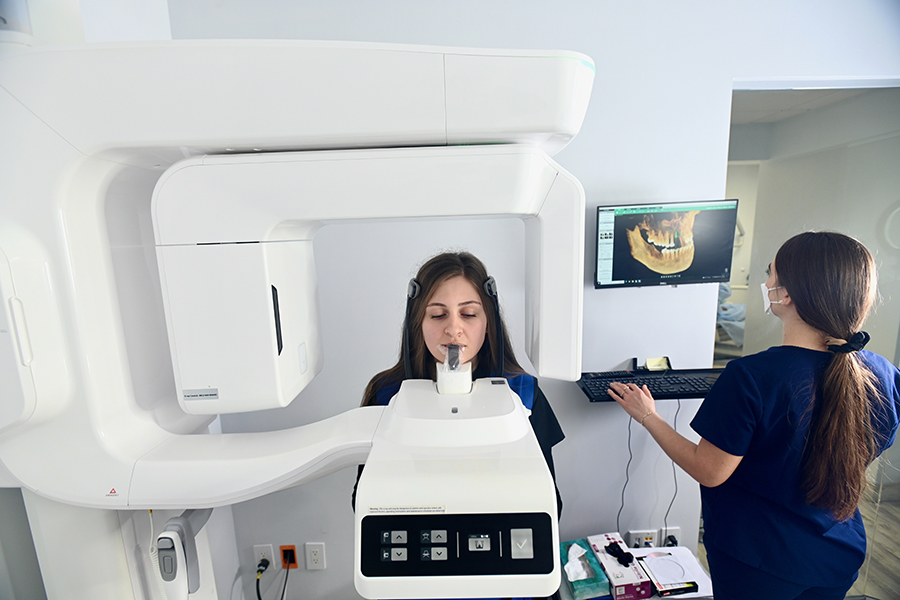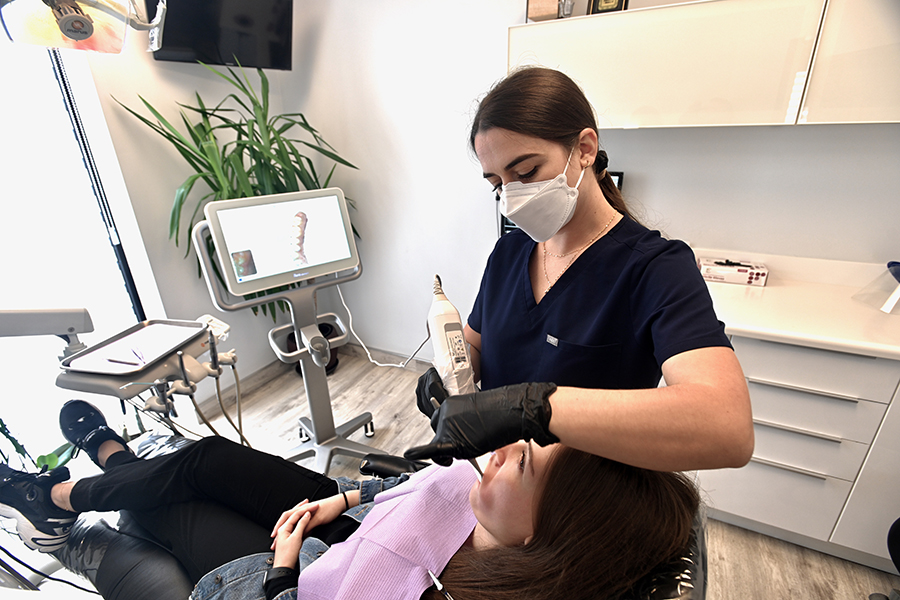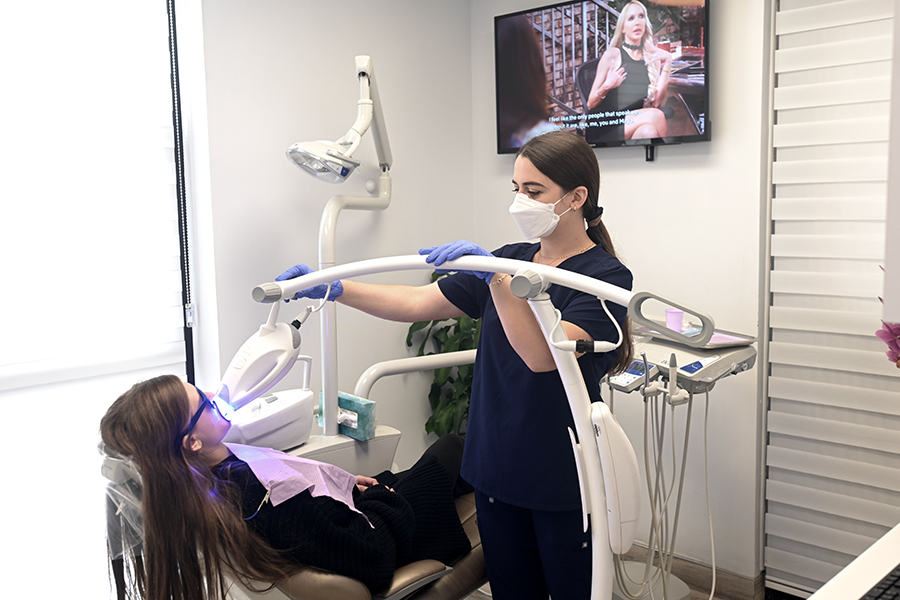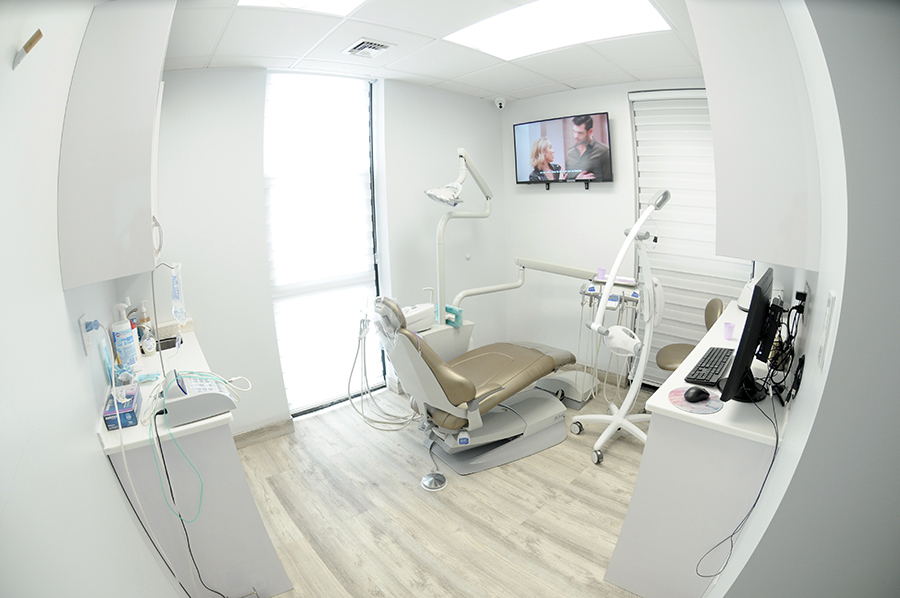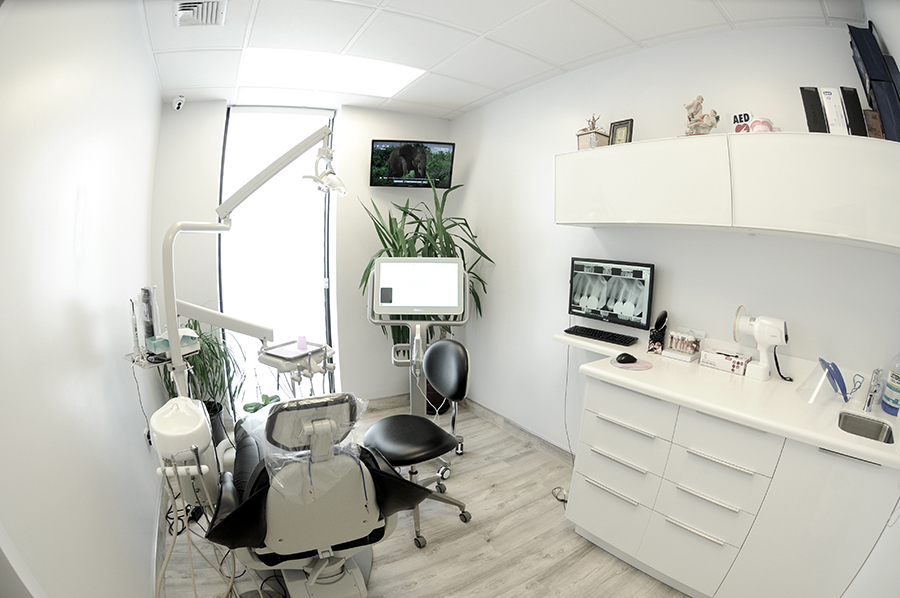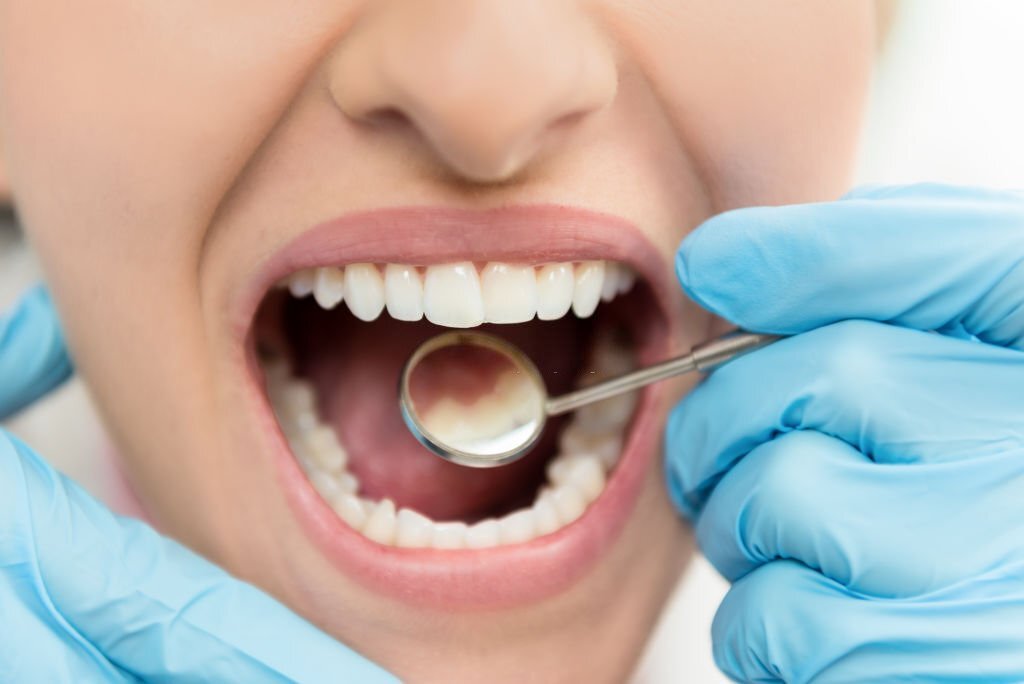
Tooth Decay
For centuries, tooth decay (dental caries) have caused various health issues for people. Tooth decay is caused by a discharge of oral bacteria (mineral-eroding acid) on the tooth’s enamel. The process of tooth decay is gradual – not something that happens instantly. Thanks to the advancement of dental technology, dental researchers have discovered groundbreaking ways of preventing decaying teeth. Dental researchers study’s consists of prevention, innovation and discovery.
Interesting Myth: In some cultures, tooth decay is looked upon as bad luck caused by a tooth worm that would cause holes to appear in the enamel of a person’s tooth. Thankfully, myths have been replaced with reality when it comes to decaying teeth.
The Past
At one time, 17 million Americans (45 and older) were stricken with periodontal disease – that’s 3 out of every 10 people who lost ‘all’ of their teeth. One of the top rejections of the World War II draft was due to tooth decay. It wasn’t until the 1970s that the subject of tooth decay was brought out in the forefront. Many experts believed that diet played a major role in tooth decay. Finally, there was a solution that would help control the tooth decay process. Dentist began to recommend that patients brush their teeth daily, rather than once in a blue moon.
Years later, the NIH conducted a water fluoridation study that utilized fluoride to help eliminate tooth decay. Today, fluoride is one of the main ingredients in our toothpaste and drinking water.
The 21st Century
Today, the tooth decay epidemic is almost non-existent. According to research studies, millions of children, in the USA, have little or no dental decay. As far as tooth loss (edentulism) is concerned, it is considered rare. If it wasn’t for modern science, periodontal diseases and dental caries and additional 18.6 million citizens (age 45 and older) would have be completely toothless.
Due to the advent of preventative dentistry, dental sealants and fluoride, millions of people are able to keep their natural teeth for many years to come. The federal investment in the NIH-funded oral health research has saved the United States $3 for every $1 invested in tooth decay prevention. According to dental statistics, the dental industry has saved over $39 billion in dental expenses from 1979 – 1989.
The Future
Did you know that the bacterial that causes tooth decay live in biofilms? For several years, scientists have studied how bacteria communicates with each other. Experts say that “jamming” the communication signals within bacteria may eventually interrupt the biofilm and demolish tooth decay permanently.
Scientist can now utilize DNA sequencing to recognize genes that cause the process of tooth decay. In the very near future, scientists will be able to capture these genes and hinder the capability of causing teeth to decay.
Modern technology will allow scientist to develop innovative imaging equipment that will provide early detection of tooth decay directly from a tooth’s enamel. The innovation of future technology will allow scientist to develop special solutions that will completely reverse the early stages of tooth decay.


